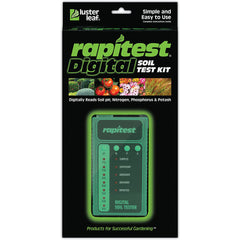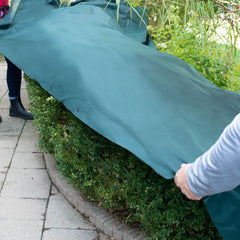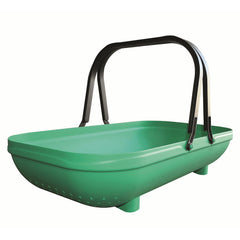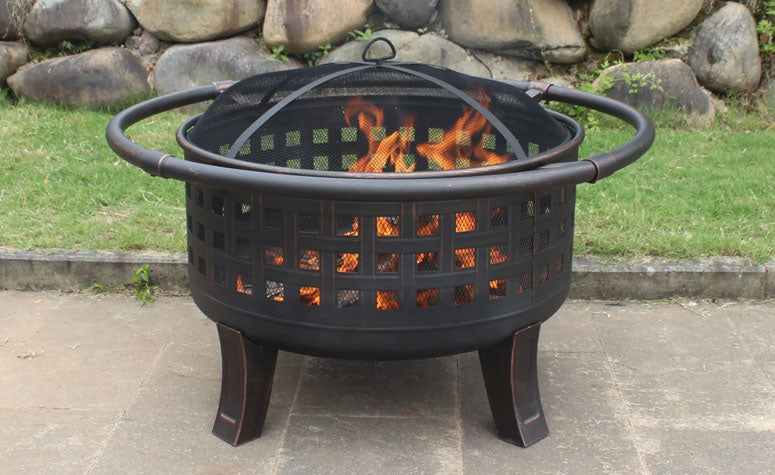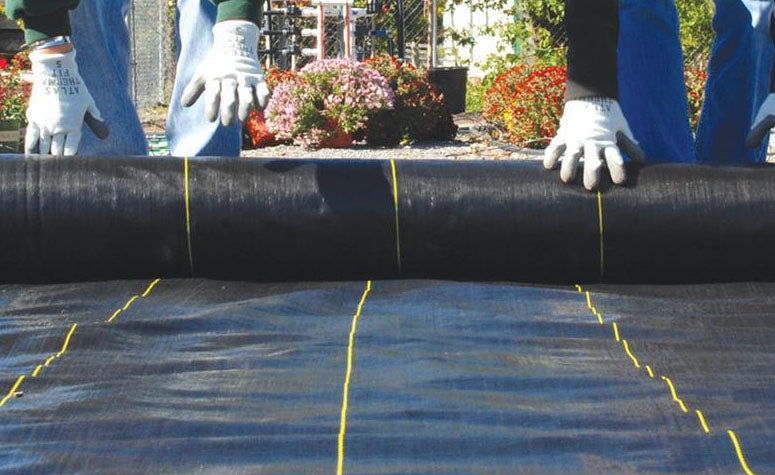Consistent care and pest protection are key to growing high-quality parsnips. Give them as much sun as possible and loose, sandy (but not rocky) soil that allows for deep root structures. They are a cool-weather vegetable, and temperatures over 75 degrees can affect growth and flavor. Provide 1-2 inches of water per week; drip irrigation ensures a steady supply, and light mulching will help retain the moisture. Weed regularly, especially when the plants are young.
As for pests, parsnip maggots/flies and leafhoppers are common; they can be controlled by row covers or insecticides. Excessively wet foliage can cause leaf blights, and not rotating crops often enough may lead to root rot and spotting.






















